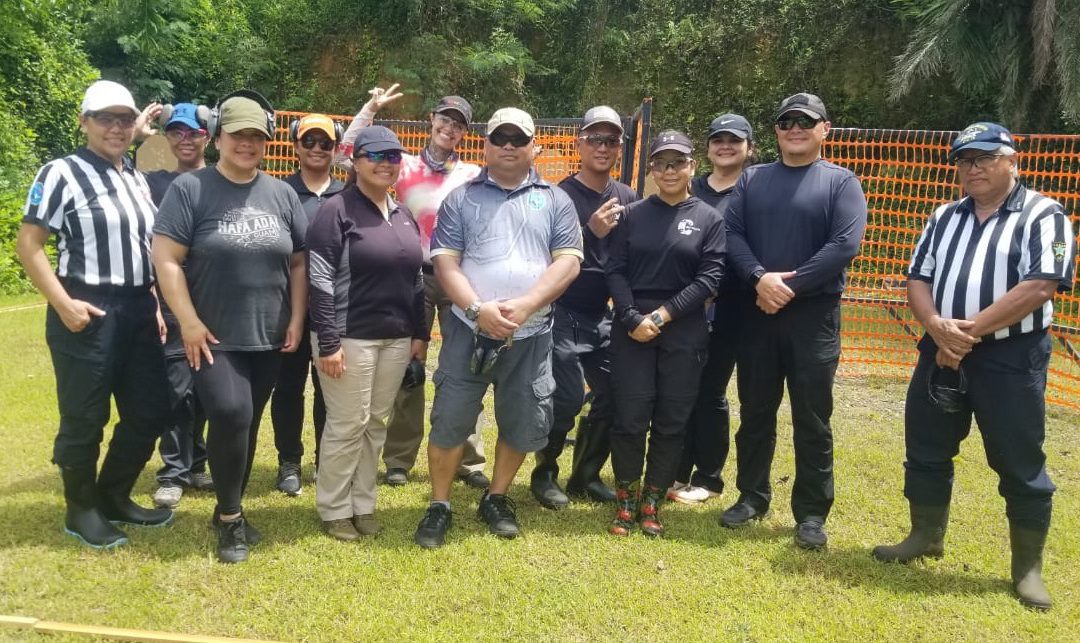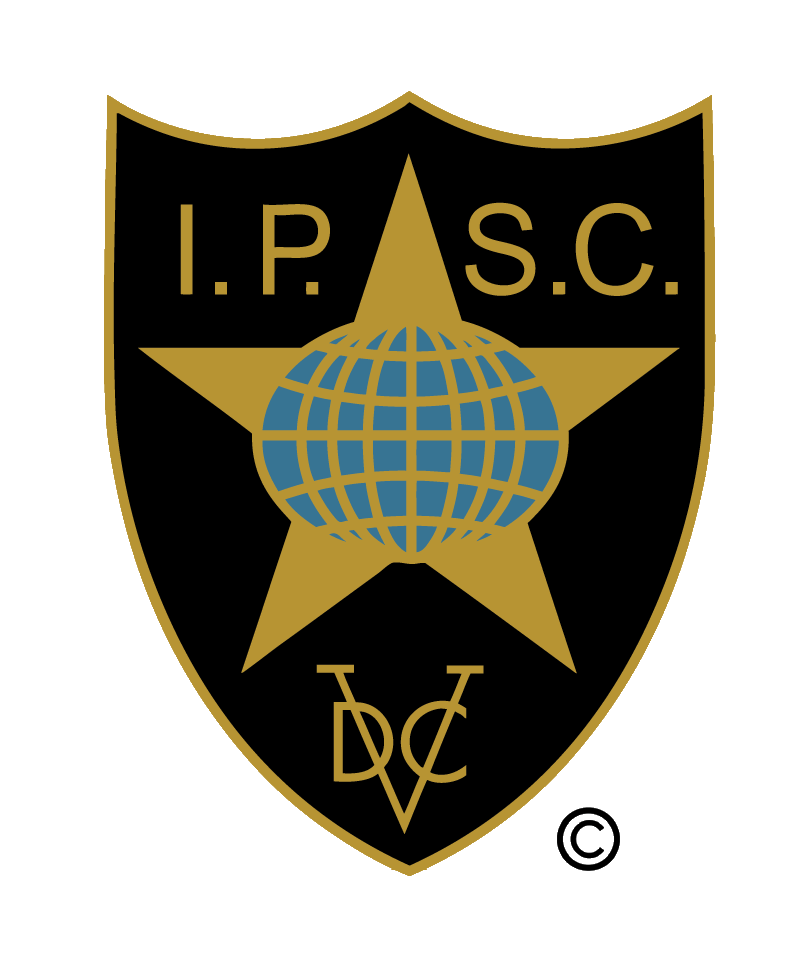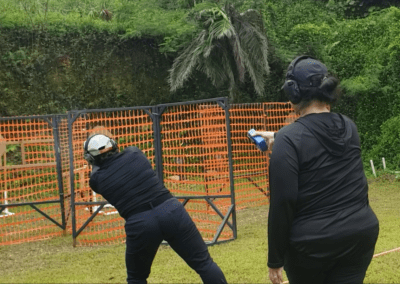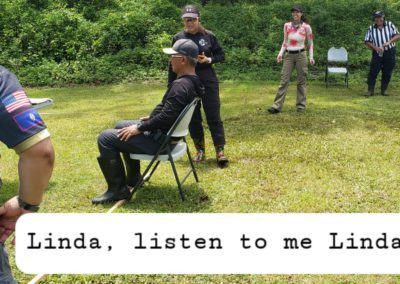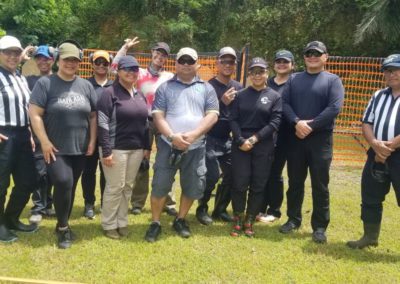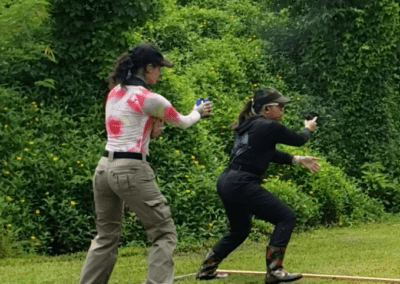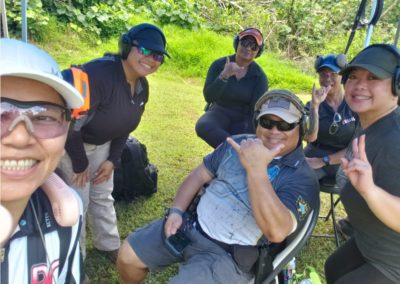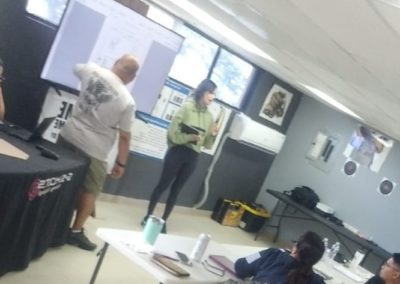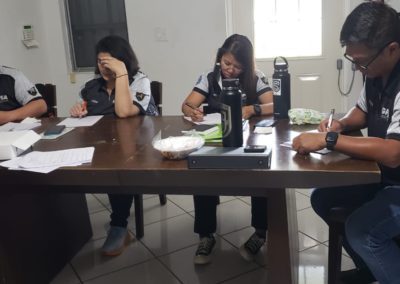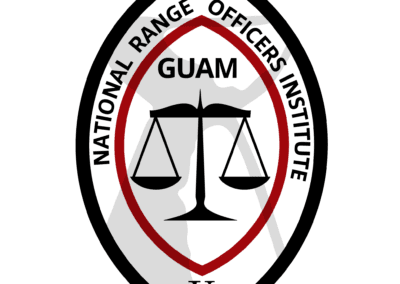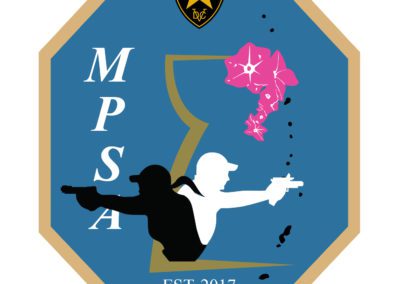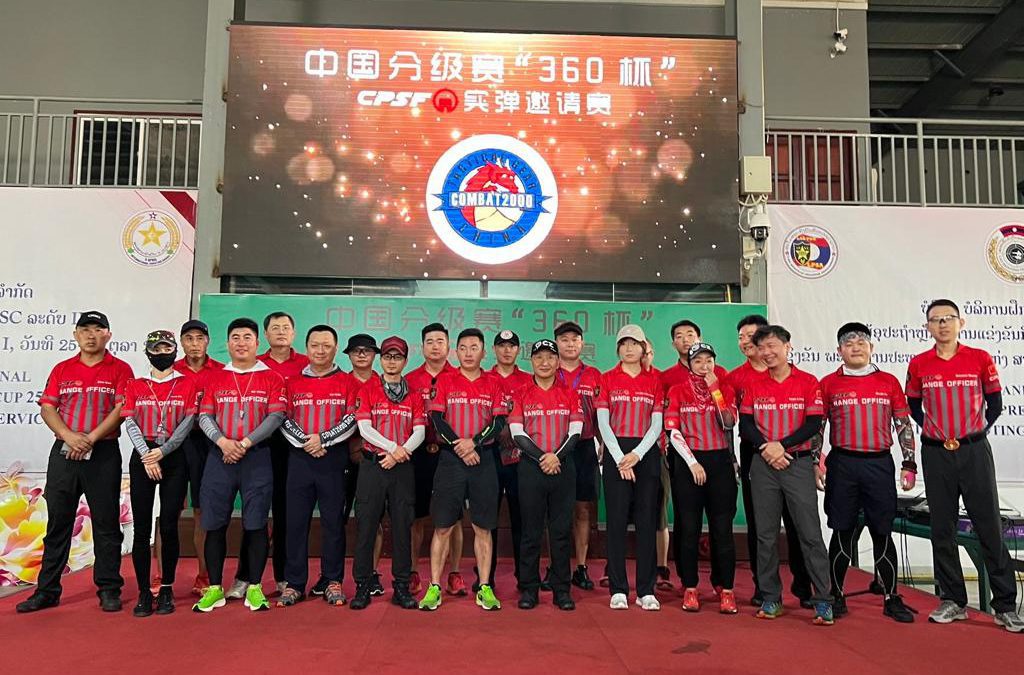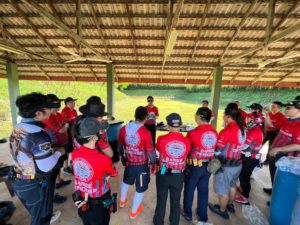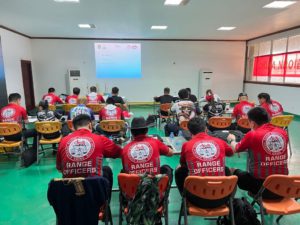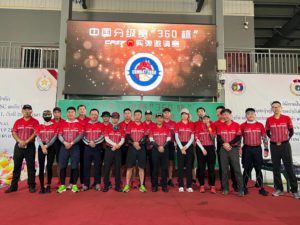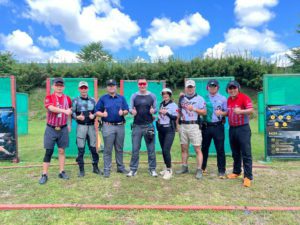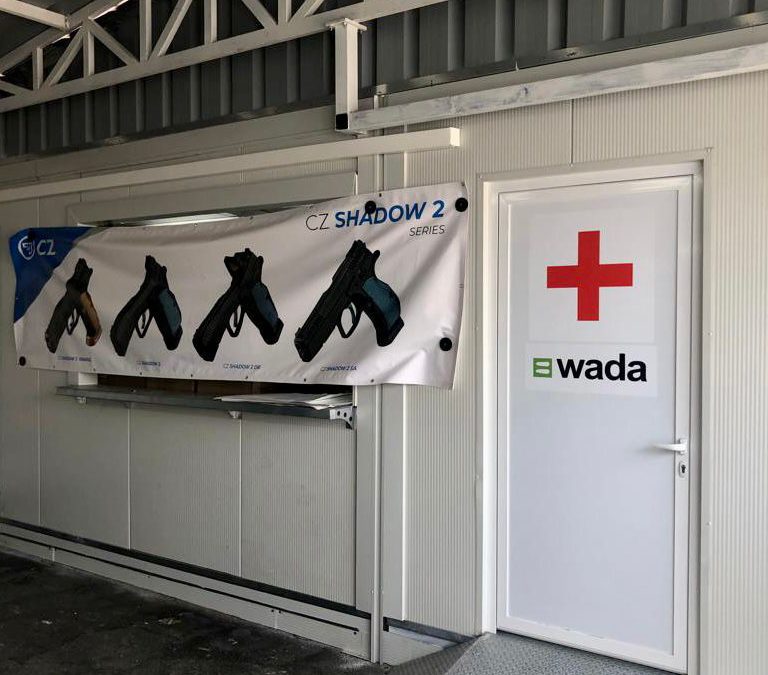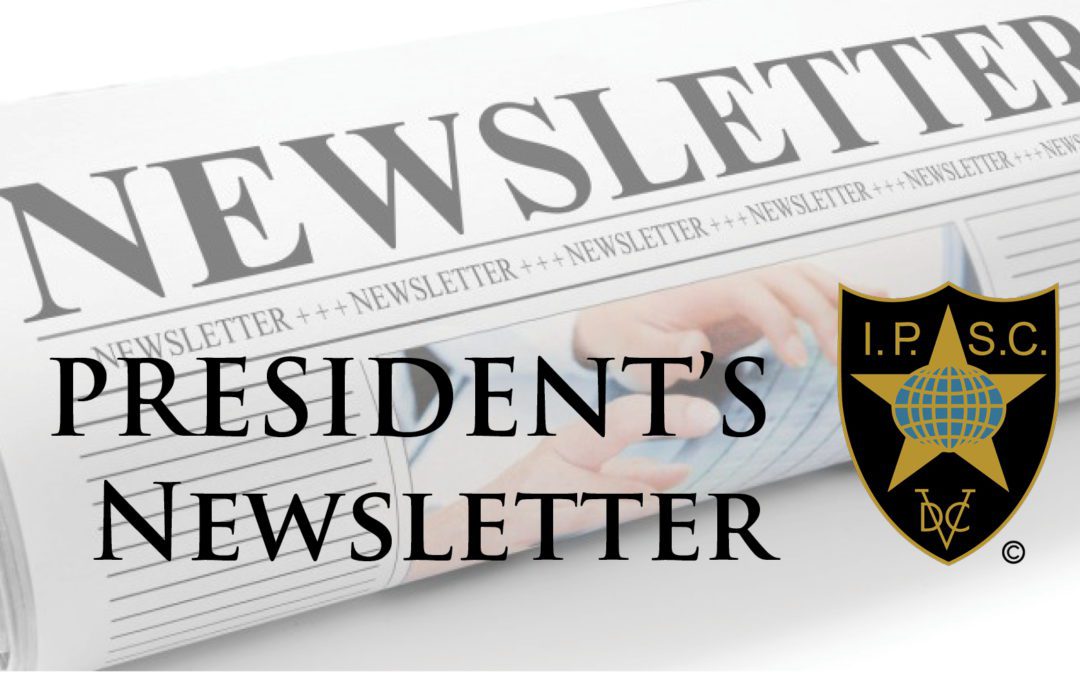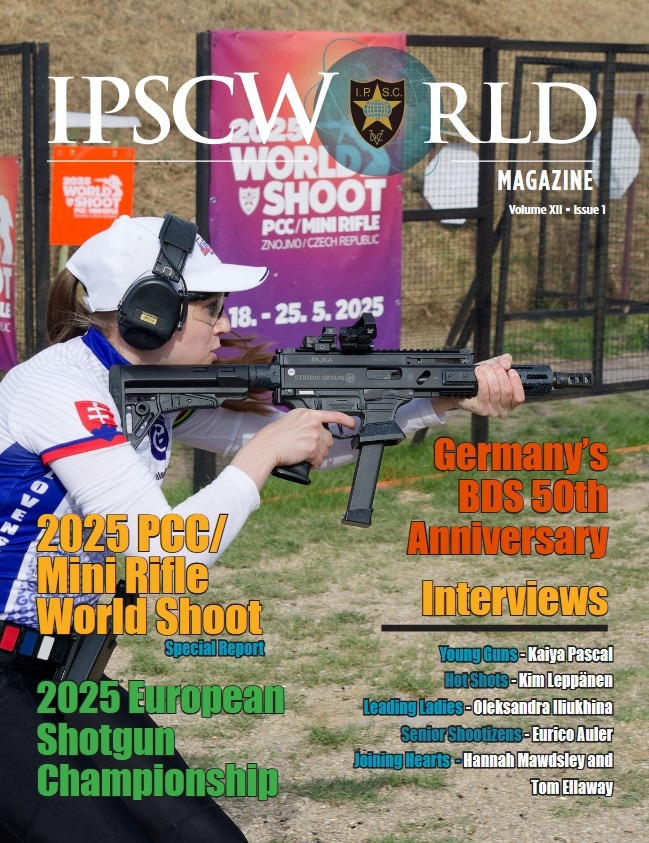
Oct 19, 2023
The first NROI training in October 2023 was successfully completed in China.
19 participants became live-fire ROs and successfully participated in live-fire match officiating. Congratulations to all of them! DVC 🎊
Thank you IPSC China RD Mr. Garrett Wu and IROA President Mr. Dino Evangelinos for your dedication and great input in RO development.





Oct 5, 2023
WADA Anti-Doping Testing Successfully Conducted at the 2023 European Handgun Championship
During the IPSC European Handgun Championship 2023 in Corinth, Greece, all athletes who took part in the Anti-Doping testing successfully passed the test. Testing performed – by the Hellenic Anti-Doping Agency EOKAN/HADA.
A total of seven IPSC athletes took part in the testing.
The International Practical Shooting Confederation is a WADA CODE Signatory. @wada_ama

Sep 4, 2023
La versión en español está abajo.
Dear Regional Directors,
I would like to share some news from the recent Continental Council meeting:
1) At the meeting it was reported that an IPSC Junior Program is being developed. Also, IPSC Transgender policy is being developed and it will be sent to the Regions in a short while.
2) Despite the fact that the gun laws are getting tougher in the Regions, membership is increasing. More and more athletes practice and participate in the matches worldwide.
3) Match Cycle was discussed at the meeting. Majority of the Continental Council members supported the idea of changing a match cycle for a 4-year and to introduce World Cups in between.
4) A proposal to allow 2 optics in PCC was discussed at the meeting. Majority of the Continental Council members supported this idea.
IPSC President
Vitaly Kryuchin
Ipsc.org
ESPAÑOL
Estimados Directores Regionales,
Me gustaría compartir algunas noticias de la reciente reunión del Consejo Continental:
1) En la reunión se informó de que se está elaborando un Programa Junior de IPSC. Además, se está desarrollando la Política Transgénero de IPSC y se enviará a las Regiones en poco tiempo.
2) A pesar del hecho de que las leyes de armas son cada vez más estrictas en las Regiones, la membresía está aumentando. Cada vez más atletas practican y participan en competencias en todo el mundo.
3) El ciclo de competencias fue discutido en la reunión. La mayoría de los miembros del Consejo Continental apoyaron la idea de cambiar un ciclo de competencias por un período de 4 años e introducir Copas Mundiales en el medio.
4) En la reunión se discutió una propuesta para permitir 2 ópticas en PCC. La mayoría de los miembros del Consejo Continental apoyaron esta idea.
Saludos,
Vitaly Kryuchin
Presidente de IPSC

Aug 31, 2023
Montreal, 29 August 2023
The World Anti-Doping Agency (WADA) is pleased to announce the launch of a new interactive education course, ‘Talented Level Athletes competing at a Major Event,’ on its Anti-Doping Education and Learning Platform (ADEL). The course, which is available in English, French, and Spanish, was developed by WADA in collaboration with the International Olympic Committee (IOC) and the International Testing Agency (ITA).
Specially tailored to Talented Level Athletes, who are defined in the Guidelines for the International Standard for Education as “Athletes training regularly and committed to sport, identified as talented through some formal mechanism such as attending talent camps, or part of a talented development program,” the course is intended to provide anti-doping education to young athletes that are preparing to attend a Major Event in a way that is accessible to them. This is aligned with the International Standard for Education principles that an athlete’s first experience with anti-doping should be through Education rather than doping control and that topics and content of education should be adapted to meet the needs of the target audience.
The course will walk athletes through anti-doping rules, explain why some medications contain ingredients that are banned in sport, and lay out the testing process through the lens of a Major Event.
WADA Senior Manager of Education, Katrien Daelman, said: “This is a significant time in the lives of young athletes as they discover the excitement of international competition, so it is incredibly important to ensure they are prepared to make their debuts with the rules and their responsibilities in mind. WADA is proud to offer a course that will enable young Athletes to feel equipped and empowered to navigate the world of Major Events and fully assume their responsibilities for clean sport.”
With the Winter Youth Olympic Games Gangwon 2024 coming up in January 2024, this was a great opportunity for WADA to work with the IOC and the ITA to develop the course, which is not event-specific, but will be suitable for Gangwon 2024 in addition to many other events. The collaboration demonstrates the organizations’ continued commitment to working together to educate and support athletes along the athlete pathway.
IOC Medical and Scientific Director, Dr. Richard Budgett, said: “The anti-doping programs at the Olympic Games and the Youth Olympic Games exist to protect the participating athletes and the integrity of the Games. The IOC is pleased to support this new e-learning course, which will be especially helpful for young athletes who are preparing to participate in the Winter Youth Olympic Games Gangwon 2024, and hopefully many events in their future.”
ITA Education Manager, Mairi Irvine, said: “As part of the independent and comprehensive anti-doping program that the ITA will deliver at the upcoming Winter Youth Olympic Games in Gangwon, the education of young athletes will play a critical role. The ITA is extremely pleased to have collaborated with WADA and the IOC on this project to ensure athletes have everything they need to compete clean and on a level-playing field.”
Completion of this course–which includes a certificate for those who achieve a score of 80% or higher–is highly recommended. WADA, the IOC and the ITA strongly encourage all National Olympic Committees to work in close collaboration with their National or Regional Anti-Doping Organizations and their National Federations to ensure that athletes and coaches are properly educated in advance of the Games–a principle that is reinforced by the International Standard for Education.
WADA has previously collaborated with the ITA and the IOC on the NOC Anti-Doping education guidebook in the continuing efforts towards clean sport education.
Save the date
